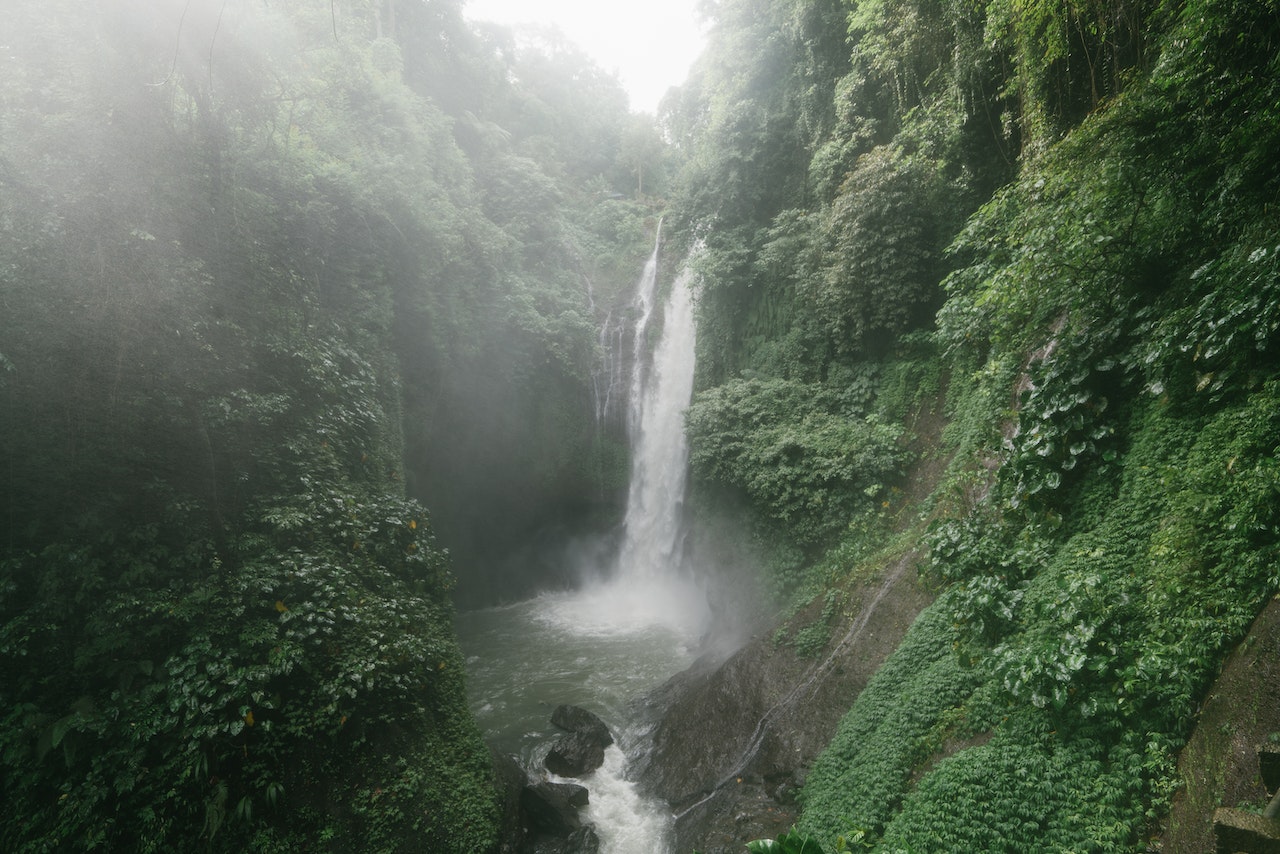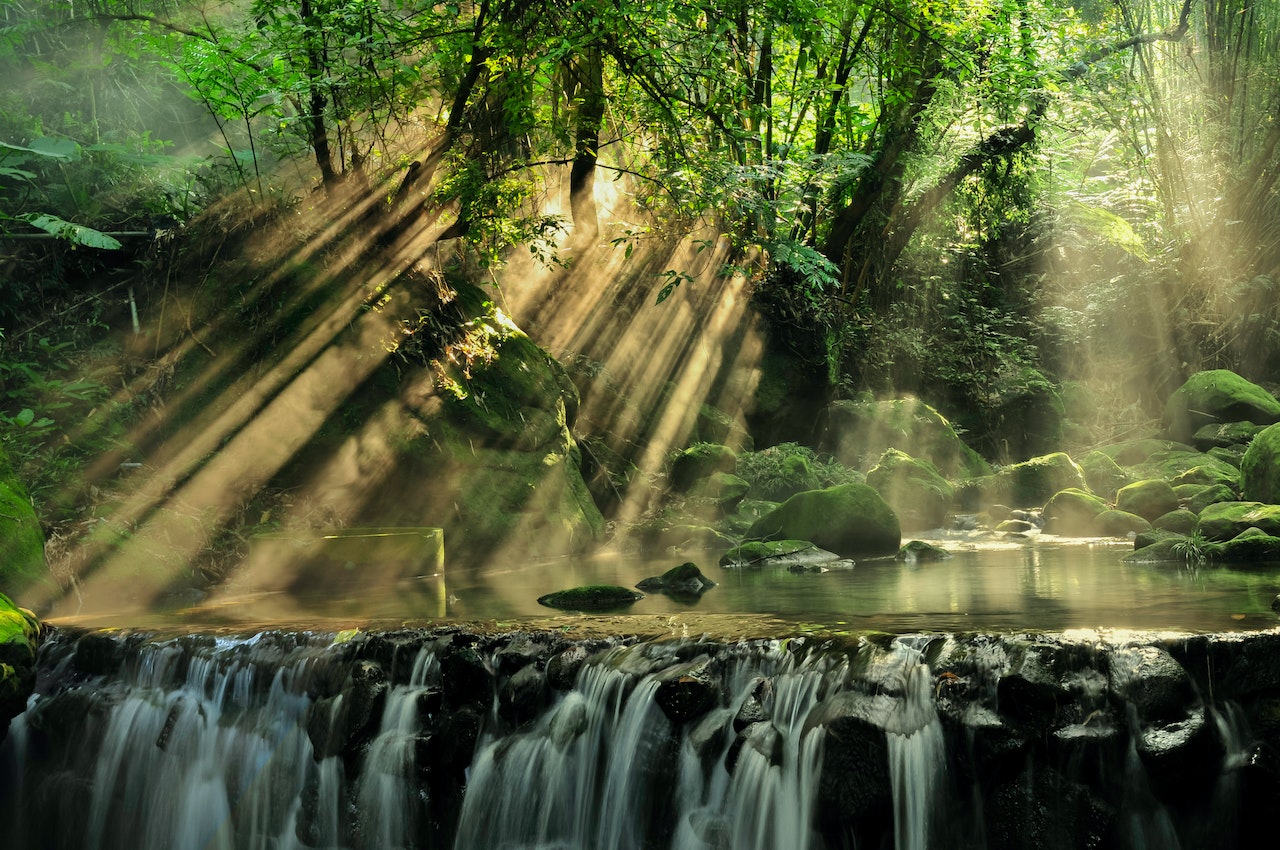Exploring The Rainforests Of South America - Discovering The Hidden Treasures
Exploring the Rainforests of South America is an exhilarating and enlightening experience for nature lovers and adventure enthusiasts. The lush green landscapes, diverse wildlife, and stunning natural beauty of the rainforests in South America make them an ideal destination for travelers seeking an unforgettable trip.
Author:Tobey StricklandReviewer:Tyreece BauerFeb 28, 2023116 Shares2.2K Views

Exploring the Rainforests of South Americais an exhilarating and enlightening experience for nature lovers and adventure enthusiasts. The lush green landscapes, diverse wildlife, and stunning natural beauty of the rainforests in South America make them an ideal destination for travelers seeking an unforgettable trip.
This article delves into the various aspects of exploring the rainforests of South America, including its history, geography, and attractions.
History Of Rainforests In South America
The history of the Rainforests of South America can be traced back over 60 million years to the Late Cretaceous period. At that time, the continent was still connected to Africa and was covered in dense forests. Over time, the rainforests evolved and became one of the most biodiverse regions on the planet, with a vast range of flora and fauna.
The Rainforests of South America are primarily located in the Amazon Basin, covering an area of over 6.7 million square kilometers and spreading across nine countries. The region's plant life is diverse, with over 40,000 species, including a range of trees, vines, and flowers.
The forest's fauna is equally impressive, with over 427 mammal species, 1,300 bird species, and 378 reptile species. Several species are unique to the rainforests, including the jaguar, capybara, giant otter, and anaconda.
The indigenous people of the Amazon have a long history with the rainforests, and many have lived in the region for thousands of years. They have developed an intimate relationship with the forest and rely on its resources for food, shelter, and medicine.
However, the arrival of European colonizers in the 16th century brought significant changes to the region. The Spanish and Portuguese colonizers brought with them diseases, animals, and plants that the indigenous people had never encountered before, leading to a significant change in the rainforest's ecology.
In recent times, the Rainforests of South America have faced several challenges, including deforestation, mining, and illegal wildlife trade. These activities have contributed to the loss of habitat for several species and have also contributed to climate change.
However, efforts are being made to protect the rainforests, and several conservation initiatives are underway to support sustainable tourism practices and protect the rainforests and their inhabitants.
Exploring The Rainforests Of South America And Geography Of The Rainforests
The Rainforests of South America are located near the equator, making them one of the hottest and most humid regions in the world. The Amazon Basin is home to the world's largest river, the Amazon River, which flows for over 6,400 km through the heart of the rainforest.
The river system also includes over 1,100 tributaries, making it the most extensive river system in the world. The region's climate is characterized by two seasons: the wet season, which lasts from December to May, and the dry season, which lasts from June to November.
Attractions In The Rainforests Of South America
Exploring the rainforests of South America is a treasure trove of natural wonders and breathtaking landscapes that offer a range of attractions for visitors of all ages and interests. One of the most popular attractions in the region is its diverse flora and fauna, which includes over 40,000 plant species, 427 mammal species, and 1,300 bird species.
Nature lovers can explore the rainforest and discover rare and exotic species such as the poison dart frog, jaguar, and harpy eagle. The region is also home to several primate species, such as the howler monkey and capuchin monkey, that visitors can observe in their natural habitat.
The Amazon River is another major attraction in the Rainforests of South America. The river spans over 6,400 km and is the largest river in the world, carrying a fifth of the world's freshwater.
Visitors can take a river cruise or go kayaking to explore the Amazon River and witness the breathtaking scenery of the rainforest from the water. Fishing is also a popular activity for visitors, who can try their luck at catching piranhas and other fish species that inhabit the river.
The Rainforests of South America also offer a range of adventure activities for thrill-seekers. One of the most popular activities is the Amazon Rainforest Canopy Walkway, which is a 500-meter-long suspension bridge that offers a bird's eye view of the rainforest.
Visitors can also go zip-lining, abseiling, and bungee jumping, or take a hike through the rainforest to discover hidden waterfalls and stunning landscapes. For those interested in culture and history, the Rainforests of South America offer a unique opportunity to discover the traditions and lifestyle of indigenous communities.
Visitors can take a jungle tour and visit remote villages to learn about the customs and rituals of the local tribes, such as the Yanomami, Kayapo, and Huaorani.

I Explored the AMAZON RAINFOREST for 100 Hours
Challenges Facing The Rainforests Of South America
The Rainforests of South America are facing a range of significant challenges that threaten their survival. One of the most significant threats is deforestation, which has been occurring at an alarming rate in recent decades.
Deforestation is caused by logging, farming, and mining activities, and it destroys the habitat of several species, contributes to climate change, and disrupts the livelihoods of indigenous communities.
Illegal wildlife trade is another significant challenge facing the rainforests. The illegal trade of animals and animal products, such as jaguars, birds, and reptiles, is a highly profitable business that puts several endangered species at risk. This practice is not only illegal but also unsustainable, as it puts the entire ecosystem in danger.
Climate change is also a major challenge that the Rainforests of South America are facing. The rainforests play a crucial role in regulating the Earth's climate by absorbing and storing carbon dioxide.
However, the increasing temperatures, rising sea levels, and changing weather patterns due to climate change are putting the rainforests at risk, which could have catastrophic consequences for the planet.
Another significant challenge facing the rainforests is the displacement of indigenous communities. Many indigenous people have lived in the rainforests for generations, and they have developed sustainable practices that allow them to coexist with nature.
However, as the demand for natural resources increases, many communities are being forced off their land, which not only disrupts their way of life but also leads to the loss of traditional knowledge and cultural practices.
To address these challenges, it is essential to implement sustainable practices that protect the rainforests and their inhabitants. This includes supporting sustainable tourism, investing in reforestation efforts, and protecting indigenous rights.
By working towards preserving the Rainforests of South America, we can ensure that future generations can also experience the beauty and biodiversity of this unique ecosystem.
People Also Ask
What Is The History Of The Rainforests Of South America?
The rainforests have been in existence for over 60 million years and are one of the most biodiverse regions on earth.
What Attractions Can Be Found In The Rainforests Of South America?
Nature and adventure activities, such as diverse flora and fauna, river cruises, kayaking, fishing, and canopy walkways.
What Challenges Are The Rainforests Of South America Facing?
Deforestation, illegal wildlife trade, climate change, and displacement of indigenous communities.
What Can Be Done To Protect The Rainforests Of South America?
Implement sustainable practices, support sustainable tourism, invest in reforestation efforts, and protect indigenous rights.
Conclusion
Exploring the rainforests of South America is an enriching and rewarding experience that offers a glimpse into the world's most diverse and stunning natural wonders. Despite its challenges, the region's beauty and biodiversity continue to attract travelers from all over the world.
As responsible travelers, it is essential to support sustainable tourism practices and work towards protecting the rainforests and their inhabitants. By doing so, we can ensure that future generations can also experience the magic of exploring the rainforests of South America.

Tobey Strickland
Author

Tyreece Bauer
Reviewer
Latest Articles
Popular Articles
